Home>Articles>How To Tell If Furniture Is Laminate Or Veneer


Articles
How To Tell If Furniture Is Laminate Or Veneer
Modified: January 19, 2024
Unsure if your furniture is laminate or veneer? Find out how to identify the difference and make informed furniture choices.
(Many of the links in this article redirect to a specific reviewed product. Your purchase of these products through affiliate links helps to generate commission for Storables.com, at no extra cost. Learn more)
Introduction
When it comes to choosing furniture for your home or office, there are various options available in the market. Two popular choices are laminate and veneer furniture. While they may appear similar at first glance, there are significant differences between the two. Understanding these differences will help you make an informed decision based on your specific needs and preferences.
In this article, we will explore what laminate and veneer furniture are, their characteristics, how to identify them, and the pros and cons of each. By the end, you will have a clearer understanding of these furniture types and be equipped to choose the right option for your space.
Key Takeaways:
- Laminate furniture offers affordability, durability, and a wide range of designs, making it a practical choice for those seeking cost-effective and versatile options that can withstand everyday use.
- Veneer furniture provides a luxurious and genuine look, showcasing the natural beauty and durability of real wood. While pricier, it offers timeless appeal and customization options for those who value authenticity.
Read more: How To Tell If Glass Is Laminated
What is laminate furniture?
Laminate furniture is made from synthetic materials that are layered and bonded together. The top layer, known as the laminate, is a thin sheet of decorative paper or resin-based material that is fused to a sturdy core material, usually made of particleboard or MDF (medium-density fiberboard).
The laminate layer can mimic the appearance of various materials, such as wood, stone, or metal, through a process called printing. This allows for a wide range of design options, making laminate furniture popular for its versatility and affordability.
One of the main advantages of laminate furniture is its durability. The laminate layer provides a protective barrier against scratches, stains, and moisture, making it easy to clean and maintain. It is also resistant to fading caused by sunlight exposure, ensuring that your furniture retains its original appearance for years to come.
Laminate furniture is known for its lightweight nature, making it easier to move and rearrange within your space. Additionally, it is often more affordable compared to solid wood or veneer furniture, making it a cost-effective choice for those on a budget.
Characteristics of laminate furniture
Laminate furniture has several distinctive characteristics that make it a popular choice for many homeowners and businesses. Here are some key features:
- Durability: The laminate layer provides excellent resistance against scratches, stains, and moisture. This makes laminate furniture ideal for high-traffic areas or households with children or pets.
- Versatility: Laminate furniture comes in a wide range of styles, colors, and patterns. The printing process allows for realistic replication of various materials, such as wood grains, stone textures, or metallic finishes. This versatility makes it easy to find a laminate furniture piece that matches your desired aesthetic.
- Easy maintenance: Cleaning laminate furniture is straightforward. Simply wipe it down with a damp cloth and mild detergent to remove any dirt or spills. Unlike solid wood furniture, laminate does not require regular polishing or waxing.
- Affordability: Laminate furniture is generally more budget-friendly compared to solid wood or veneer furniture. Its synthetic construction and mass-production methods contribute to its lower cost, making it an attractive option for those on a tight budget.
- Lightweight: Due to its composition of particleboard or MDF, laminate furniture is lightweight and easy to move around. This is particularly beneficial if you enjoy rearranging your space frequently or if you need to move the furniture during cleaning or renovation.
- Consistency: The manufacturing process of laminate furniture ensures a consistent appearance across all pieces. This means that if you purchase multiple items from the same collection, they will have a uniform look, creating a cohesive and coordinated aesthetic.
These characteristics make laminate furniture a practical and cost-effective choice for various settings, including homes, offices, and commercial spaces. It offers the look of more expensive materials at a fraction of the price, without compromising on durability or style.
What is veneer furniture?
Veneer furniture is constructed using a thin layer of real wood, called veneer, that is applied to a solid wood or plywood core. The veneer is typically sliced or peeled from a log, and then carefully applied to the surface of the furniture using adhesive.
The use of real wood veneer gives veneer furniture a luxurious and natural look. It showcases the unique grain patterns and characteristics of the wood species used, offering a warmth and richness that cannot be replicated by other materials.
Unlike laminate furniture, which mimics the appearance of various materials through printing, veneer furniture utilizes genuine wood, providing an authentic and high-quality finish.
Veneer furniture offers the best of both worlds. It allows you to enjoy the beauty and elegance of real wood, while minimizing costs by using it in a thinner layer. This makes veneer furniture more affordable compared to solid wood furniture, while still offering many of the same benefits and aesthetic appeal.
It is important to note that not all veneer furniture is created equal. The quality of the veneer and the craftsmanship of the furniture can vary. Higher-quality veneer furniture will have a thicker veneer layer, ensuring durability and longevity.
Characteristics of veneer furniture
Veneer furniture has unique characteristics that set it apart from other types of furniture. Here are some key features:
- Natural beauty: Veneer furniture showcases the natural beauty of real wood. The grain patterns, knots, and unique characteristics of the wood species used are visible, providing a visually appealing and authentic look.
- Durability: Despite being a thin layer, veneer is durable and can withstand normal wear and tear. The solid wood or plywood core provides a stable and sturdy foundation, ensuring that the furniture remains structurally sound for years.
- Longevity: With proper care, veneer furniture can last for decades. The veneer layer acts as a protective barrier, shielding the underlying wood from scratches, moisture, and other damage. Regular maintenance and refinishing can help preserve the beauty and integrity of the veneer over time.
- Natural variations: Each piece of veneer furniture is unique, as the natural variations in wood grain create a one-of-a-kind appearance. This adds character and charm to the furniture, making it a striking focal point in any space.
- Environmentally friendly: Veneer furniture is an eco-friendly choice. By using a thin layer of wood, manufacturers can maximize the use of a single log, reducing waste. In addition, veneer furniture requires less energy and resources to produce compared to solid wood furniture.
- Repairability: In the event of minor scratches or damage to the veneer, it is possible to repair or refinish the surface. Depending on the thickness of the veneer, professionals can sand and reapply finish, restoring the furniture to its original condition.
Veneer furniture combines the beauty of real wood with practicality, making it a popular choice for those who appreciate the natural aesthetics of wood but also value affordability and versatility. It offers a timeless appeal that can complement a variety of design styles, from traditional to contemporary.
When selecting veneer furniture, it is essential to consider the quality of the veneer and the craftsmanship of the piece. A well-crafted and high-quality veneer furniture will showcase the true beauty of the wood and provide a durable and long-lasting investment.
Read more: How To Repair Veneer Furniture
Key differences between laminate and veneer furniture
While laminate and veneer furniture may have some similarities in appearance, they are distinct in terms of construction, materials used, and overall characteristics. Here are the key differences between the two:
- Material: The main difference between laminate and veneer furniture lies in the materials used. Laminate furniture is made from synthetic materials and has a decorative layer fused to a particleboard or MDF core. On the other hand, veneer furniture is made from a thin layer of real wood, adhered to a solid wood or plywood core.
- Appearance: Laminate furniture can mimic the appearance of various materials, such as wood, stone, or metal, through printed designs. It offers a wide range of colors, patterns, and textures. Veneer furniture, on the other hand, showcases the natural beauty of real wood, with its unique grain patterns, knots, and variations. It provides an authentic and luxurious look.
- Durability: Laminate furniture is highly durable and resistant to scratches, stains, and moisture due to its protective laminate layer. It is easy to clean and maintain. Veneer furniture, while also durable, may require more care to avoid scratches and damage to the thin veneer layer. Regular maintenance and refinishing can help preserve its appearance and longevity.
- Cost: Laminate furniture is generally more affordable compared to veneer furniture. Its synthetic materials and mass-produced nature contribute to its lower cost. Veneer furniture, with its real wood veneer layer, tends to be pricier due to the cost of the natural wood materials used.
- Authenticity: Laminate furniture is an imitation of various materials and may not offer the same level of authenticity as veneer furniture. Veneer furniture, made from real wood, provides a genuine and natural look, showcasing the unique characteristics of the wood species used.
- Repairability: Laminate furniture is relatively easy to repair. Small scratches or damaged areas can be filled, patched, or covered up. Veneer furniture can also be repaired, but the process may be more involved. Sanding and refinishing the veneer layer may be necessary to address any damage.
Understanding these key differences between laminate and veneer furniture will help you make an informed decision based on your preferences, budget, and desired aesthetic. Both options offer their own advantages and suitability for different settings and needs.
How to identify laminate furniture
Identifying laminate furniture is relatively straightforward once you know what to look for. Here are a few key indicators to help you identify if a piece of furniture is made of laminate:
- Appearance: Laminate furniture often has a smooth and consistent surface, with a printed design that mimics the look of wood, stone, or other materials. Look for patterns that repeat, indicating a printed design rather than natural wood grain.
- Texture: Run your hand over the surface of the furniture. Laminate furniture usually has a smooth and uniform texture. Unlike veneer furniture, it won’t have the natural grain or texture of real wood.
- Edge banding: Examine the edges of the furniture, particularly where two surfaces meet. Laminate furniture typically has a plastic or resin edge banding that covers the exposed edges of the core material. This edging can provide a clue to the presence of laminate construction.
- Seams and joints: Take a close look at the seams and joints of the furniture. Laminate furniture often has visible seams where the laminate sheets meet. You may also notice the presence of screws or fasteners that hold the furniture together.
- Weight: Laminate furniture is generally lighter in weight compared to solid wood or veneer furniture. Lift the piece if possible to gauge its weight. However, it’s important to note that the weight alone is not a definitive indicator, as some furniture may have a combination of materials.
By examining the appearance, texture, edge banding, seams, and weight of the furniture, you can determine if it is made of laminate. Keep in mind that while laminate furniture can closely resemble the look of natural materials, it lacks the authenticity and natural grain of real wood.
How to identify veneer furniture
Identifying veneer furniture requires a keen eye for the unique characteristics of real wood. Here are some key factors to consider when trying to determine if a piece of furniture is made of veneer:
- Grain patterns: Examine the surface of the furniture closely. Veneer furniture will exhibit natural wood grain patterns, knots, and variations. Look for irregularities and unique markings that are indicative of real wood.
- Texture: Run your hand over the surface of the furniture. Veneer furniture will have a textured feel due to the natural grain patterns. Unlike laminate furniture, which has a smooth and uniform texture, veneer furniture will have a more tactile and organic touch.
- Edge details: Pay attention to the edges of the furniture. Veneer furniture typically has real wood edges that expose the layers of the veneer. These edges may reveal the natural wood grain and provide visual clues to the use of veneer construction.
- Color variation: Veneer furniture can exhibit subtle variations in color, reflecting the natural hues and tones of the wood species used. Look for depth and richness in the color rather than a flat and consistent appearance, which is more commonly found in laminate furniture.
- Joinery: Carefully examine the joints and seams of the furniture. Veneer furniture will often have fine and seamless joinery, as the thin veneer layer is carefully applied to the solid wood or plywood core. Look for precision and craftsmanship in the construction.
- Weight: Veneer furniture tends to be heavier than laminate furniture due to its solid wood or plywood core. Lift the piece if possible and gauge its weight. However, keep in mind that weight alone is not a definitive indicator, as other factors such as the design and size of the furniture can also contribute to its weight.
By considering the grain patterns, texture, edge details, color variation, joinery, and weight of the furniture, you can identify if it is made of veneer. The use of real wood veneer provides a luxurious and genuine look that sets it apart from laminate furniture.
Look for a repeating grain pattern on the surface of the furniture – if it’s consistent, it’s likely laminate. If the grain pattern varies, it’s likely veneer.
Pros and Cons of Laminate Furniture
Laminate furniture offers several advantages and disadvantages that should be considered before making a purchasing decision. Here are the pros and cons of laminate furniture:
Read more: How To Paint Veneer Furniture
Pros:
- Affordability: One of the main advantages of laminate furniture is its affordability. It is typically more budget-friendly compared to solid wood or veneer furniture, making it a cost-effective choice for those on a tight budget or looking for temporary furniture solutions.
- Wide range of designs: Laminate furniture offers a wide variety of designs, colors, and patterns. The printing process used to create the laminate layer allows for replication of different materials, such as wood grains, stone textures, and even metallic finishes. This makes it easy to find a laminate furniture piece that matches your desired aesthetic.
- Durability: Laminate furniture is highly durable and resistant to scratches, stains, and moisture. The laminate layer acts as a protective barrier, making it easy to clean and maintain. It is a good option for high-traffic areas or households with children or pets.
- Lightweight: Due to its construction using particleboard or MDF, laminate furniture is lightweight and easy to move. This makes rearranging or reconfiguring your space hassle-free.
- Availability: Laminate furniture is widely available in furniture stores, online marketplaces, and even in department stores. The mass-production nature of laminate furniture ensures a consistent supply and a wide range of options to choose from.
Cons:
- Lack of authenticity: While laminate furniture can closely resemble the look of natural materials, it lacks the authenticity and natural grain of real wood. Some people prefer the genuine warmth and character that real wood furniture provides.
- Not easily repairable: Laminate furniture is not easily repairable in case of deep scratches, chips, or damage to the laminate layer. Unlike solid wood or veneer furniture, which can be sanded down and refinished, laminate furniture may require replacement if significant damage occurs.
- Shorter lifespan: Compared to solid wood or veneer furniture, laminate furniture may have a shorter lifespan. While it is durable, the synthetic materials used in its construction are not as robust as real wood and may show signs of wear over time.
- Less value retention: Laminate furniture may not retain its value as well as solid wood or veneer furniture. Over time, the laminate layer may show signs of age or wear, which can affect the overall appearance and resale value of the furniture.
- Reduced customization: Unlike solid wood furniture, which can be easily customized or modified, laminate furniture is often limited in terms of customizations. It is typically produced in mass quantities with predefined designs and finishes.
Considering the pros and cons of laminate furniture will help you decide if it aligns with your preferences, budget, and specific needs. While it offers affordability and versatility, some may prefer the natural beauty and longevity of solid wood or veneer furniture.
Pros and Cons of Veneer Furniture
Veneer furniture offers unique advantages and disadvantages that should be considered when deciding on furniture options. Here are the pros and cons of veneer furniture:
Read more: How To Paint Veneer Furniture
Pros:
- Natural beauty: Veneer furniture showcases the natural beauty and unique grain patterns of real wood. It provides an authentic and luxurious look that cannot be replicated by other materials.
- Durability: Despite its thin layer, veneer is durable and can withstand normal wear and tear. The solid wood or plywood core provides stability and structural integrity, ensuring the furniture’s longevity.
- Longevity: With proper care and maintenance, veneer furniture can last for decades. The protective veneer layer acts as a barrier against scratches, moisture, and other damage, preserving the beauty of the wood over time.
- Customization: Veneer furniture allows for customization options. The thin veneer layer can be applied to different core materials, offering versatility in design and construction. It can be stained, polished, or painted to match your desired aesthetic.
- Range of wood species: Veneer furniture offers a wide variety of wood species to choose from, each with its own unique color, grain pattern, and character. This allows you to select a wood type that complements your style and preference.
- Environmentally friendly: Veneer furniture is an environmentally friendly choice. By using a thin veneer layer, manufacturers maximize the use of a single log, reducing waste. In addition, veneer furniture requires less energy and resources to produce compared to solid wood furniture.
Cons:
- Higher cost: Veneer furniture tends to be more expensive compared to laminate furniture. The use of real wood veneer and the craftsmanship involved contribute to the higher price point. However, it is still more affordable than solid wood furniture.
- Potential for damage: Veneer furniture, while durable, requires more care to avoid scratches and damage to the thin veneer layer. It can be more vulnerable to heat, moisture, and impact compared to solid wood. Prompt attention to spills and the use of coasters or placemats can mitigate potential damage.
- Difficulty in refinishing: Refinishing veneer furniture can be more challenging compared to solid wood furniture. The thinness of the veneer layer limits the number of times it can be sanded and refinished. Professional refinishing may be necessary to restore its original appearance if significant damage occurs.
- Less resistance to scratches: While veneer furniture is durable, it may be more susceptible to scratches compared to laminate furniture. The thin layer of wood veneer is not as resistant to surface damage as laminate’s protective layer.
- Varied quality: The quality of veneer furniture can vary depending on the craftsmanship and materials used. Lower-quality veneer furniture may have a thinner veneer layer or subpar construction, affecting its overall durability and appearance. It is important to purchase from reputable manufacturers or sellers to ensure a high-quality product.
Weighing the pros and cons of veneer furniture will help you determine if it suits your preferences, budget, and desired aesthetic. While it offers the natural beauty and durability of real wood, considerations should be made regarding its care and maintenance.
Conclusion
Choosing between laminate and veneer furniture ultimately comes down to personal preference, budget, and specific needs. Both types of furniture have their own advantages and considerations that should be taken into account.
Laminate furniture offers affordability, a wide range of designs and colors, and durability. It is a popular choice for those seeking cost-effective options that can withstand the demands of everyday use. However, it may lack the authenticity and natural beauty of real wood.
Veneer furniture, on the other hand, provides a luxurious and genuine look with its real wood veneer layer. It offers the natural beauty, durability, and character that many people desire in their furniture. However, it can be pricier compared to laminate furniture and requires more care to avoid damage to the thin veneer layer.
Considering your lifestyle, desired aesthetic, and budget, you can make an informed decision on whether laminate or veneer furniture is the right choice for you. It is helpful to visit furniture showrooms, examine different options, and speak with experts to gain a better understanding of the materials and construction methods used in each type of furniture.
Regardless of your choice, proper care and maintenance are essential to ensure the longevity and beauty of your furniture. Regular cleaning, using appropriate cleaning products, and protecting surfaces from excessive heat, moisture, and direct sunlight will help preserve your investment.
By evaluating the characteristics, pros, and cons of laminate and veneer furniture, you can select the option that best meets your requirements and aligns with your personal style. Both types of furniture offer their own appeal, and with careful consideration, you can find the perfect furniture to enhance your living space.
Frequently Asked Questions about How To Tell If Furniture Is Laminate Or Veneer
Was this page helpful?
At Storables.com, we guarantee accurate and reliable information. Our content, validated by Expert Board Contributors, is crafted following stringent Editorial Policies. We're committed to providing you with well-researched, expert-backed insights for all your informational needs.

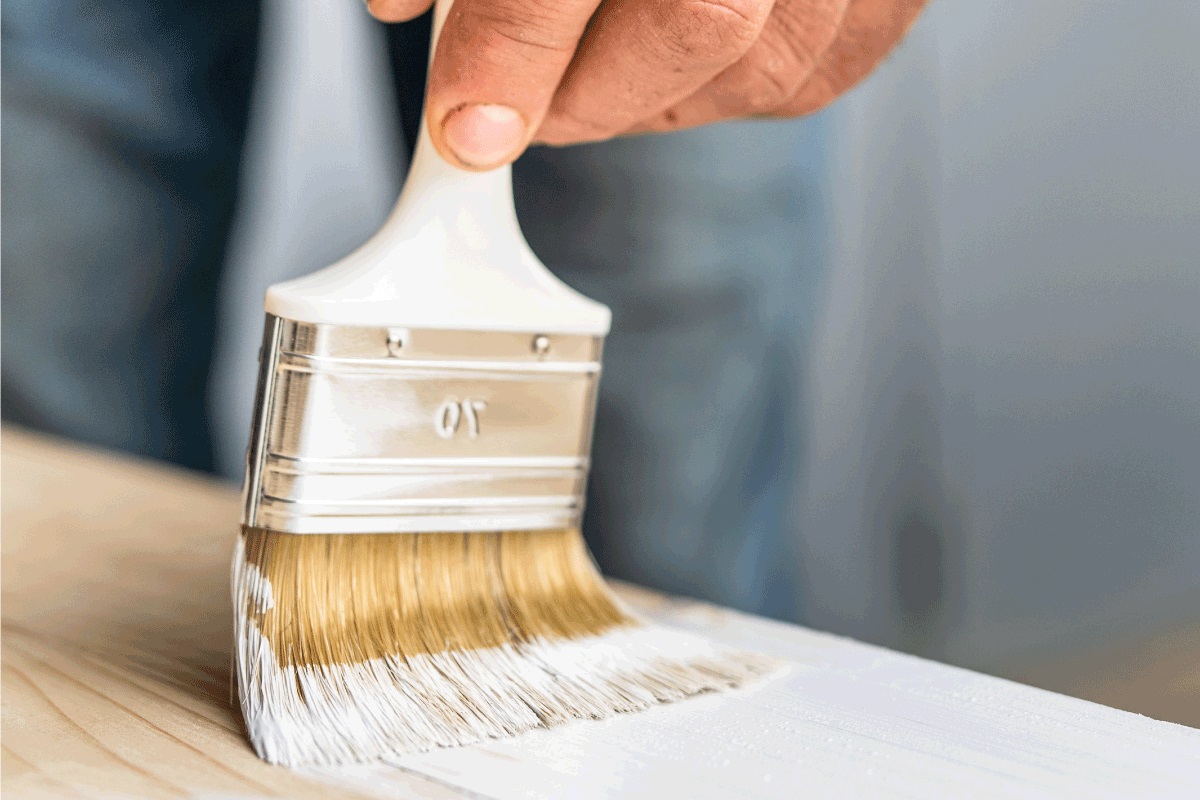
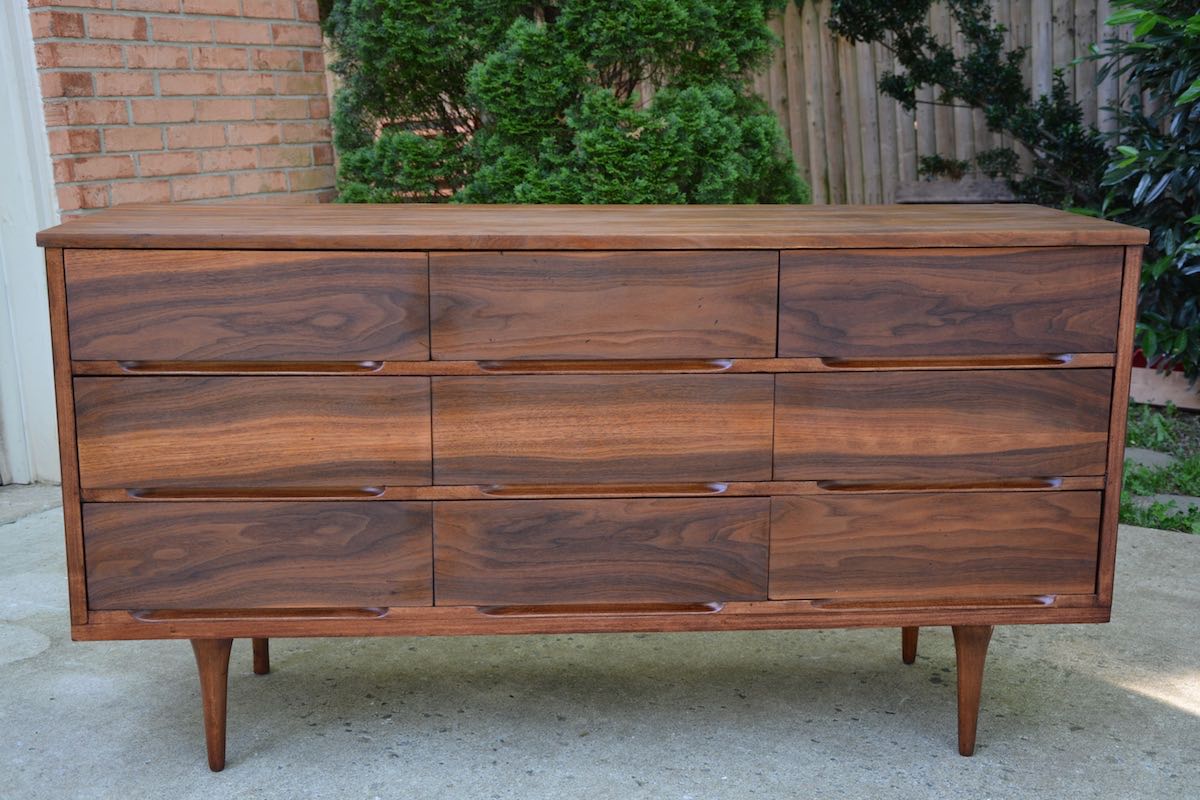
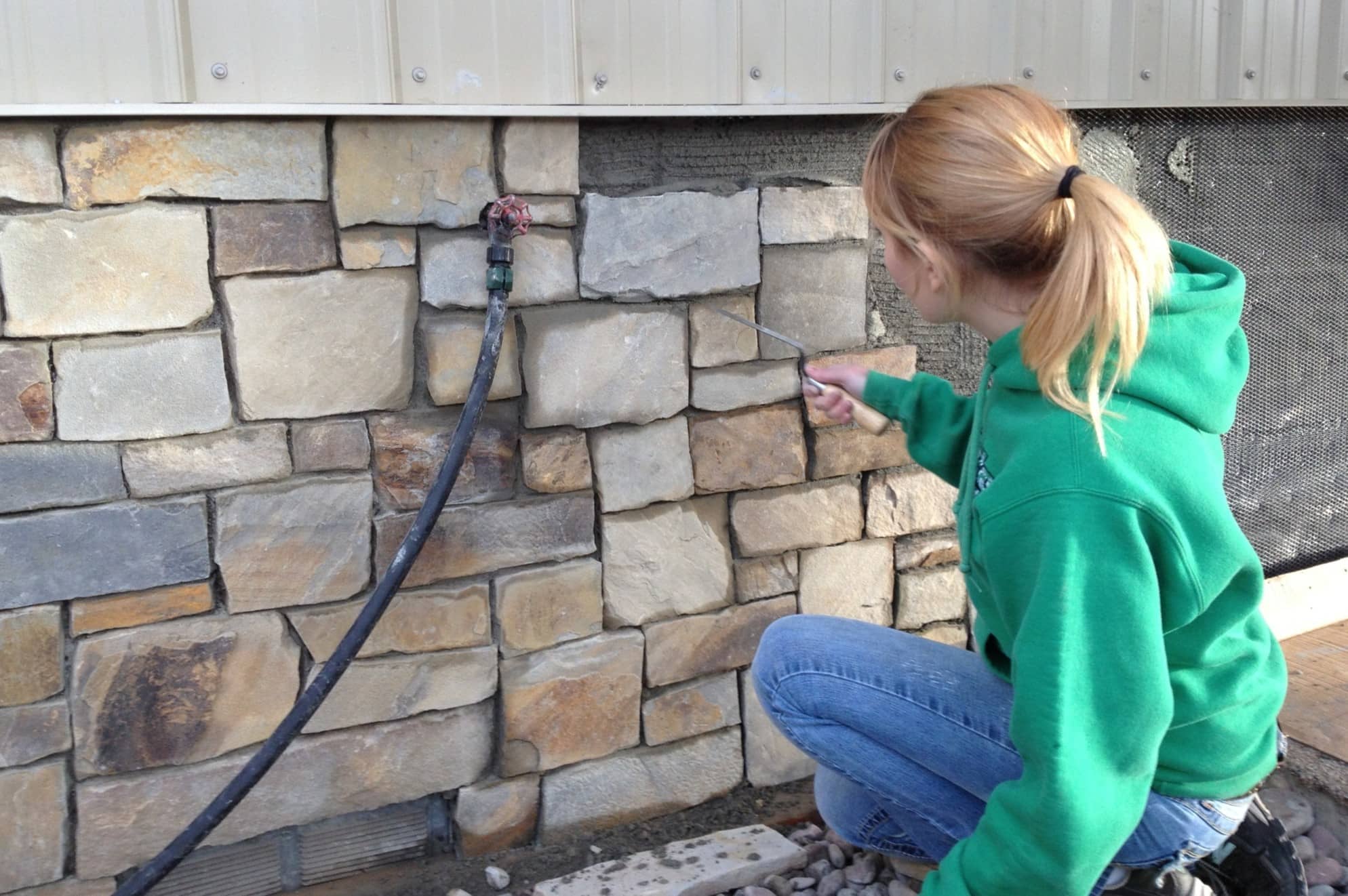
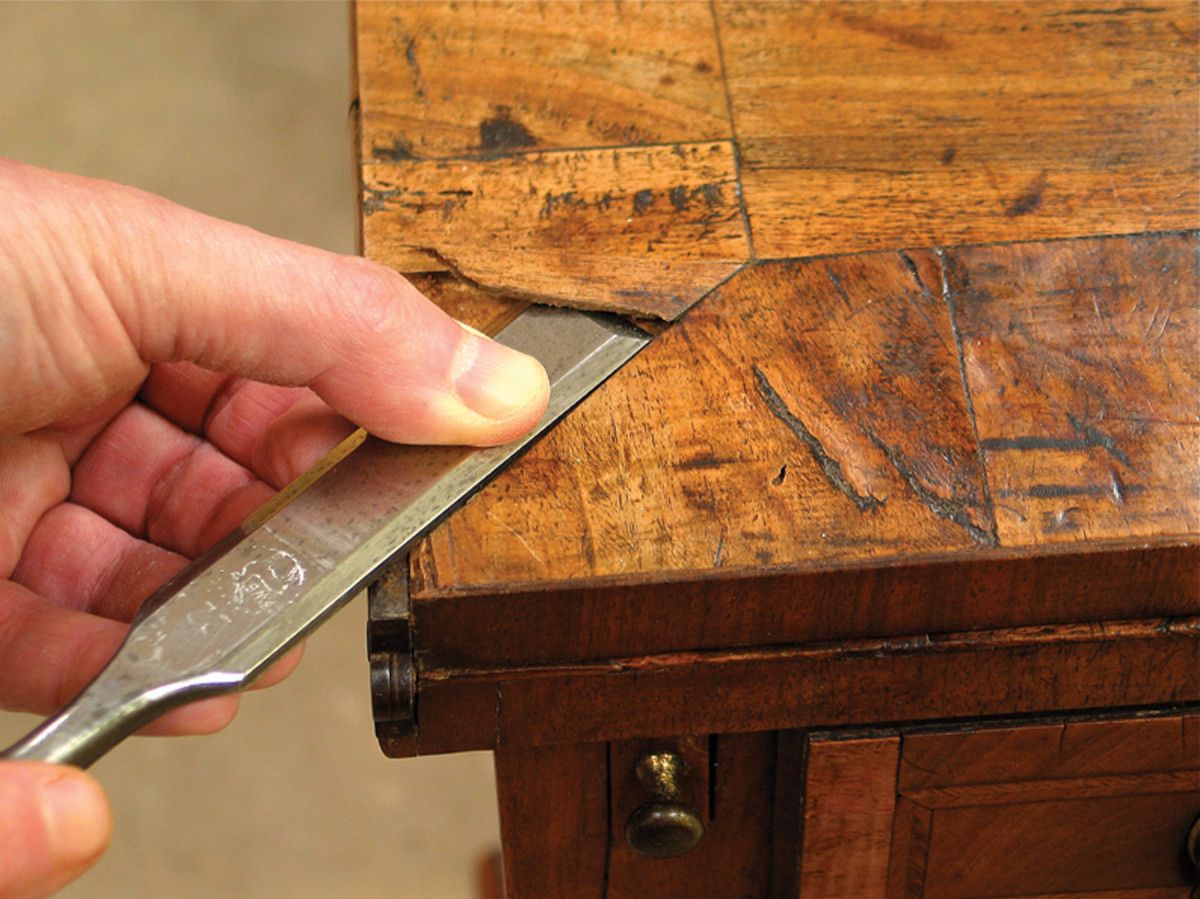

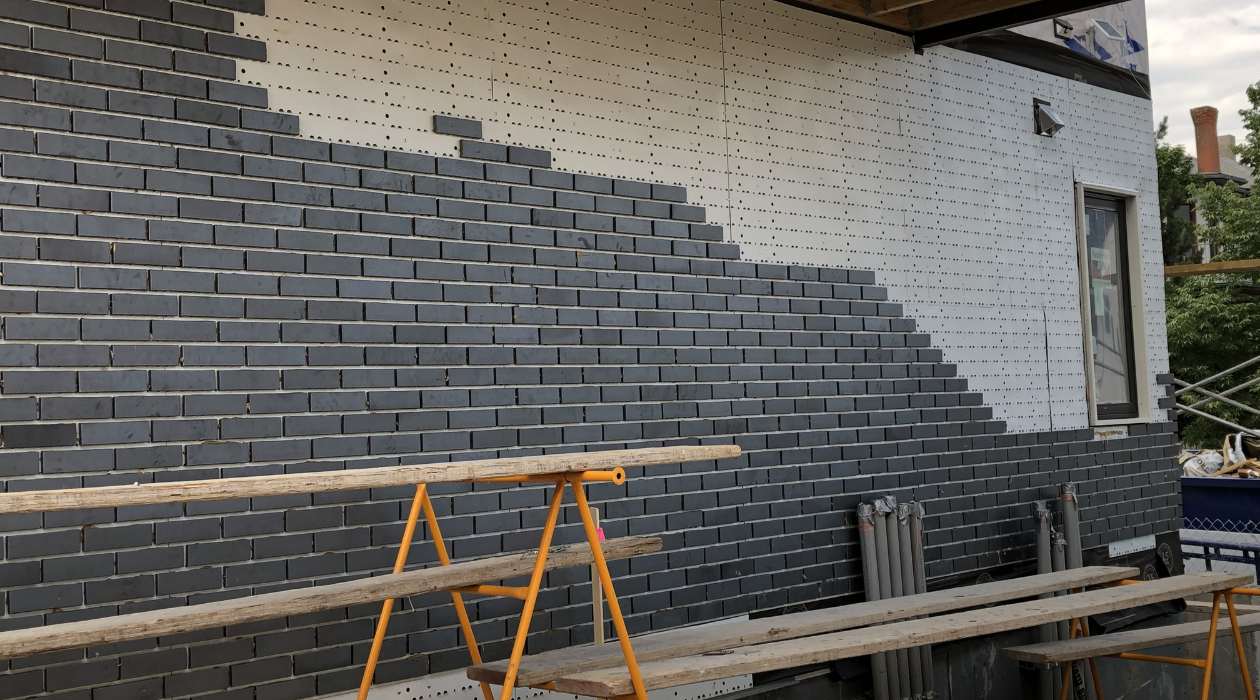
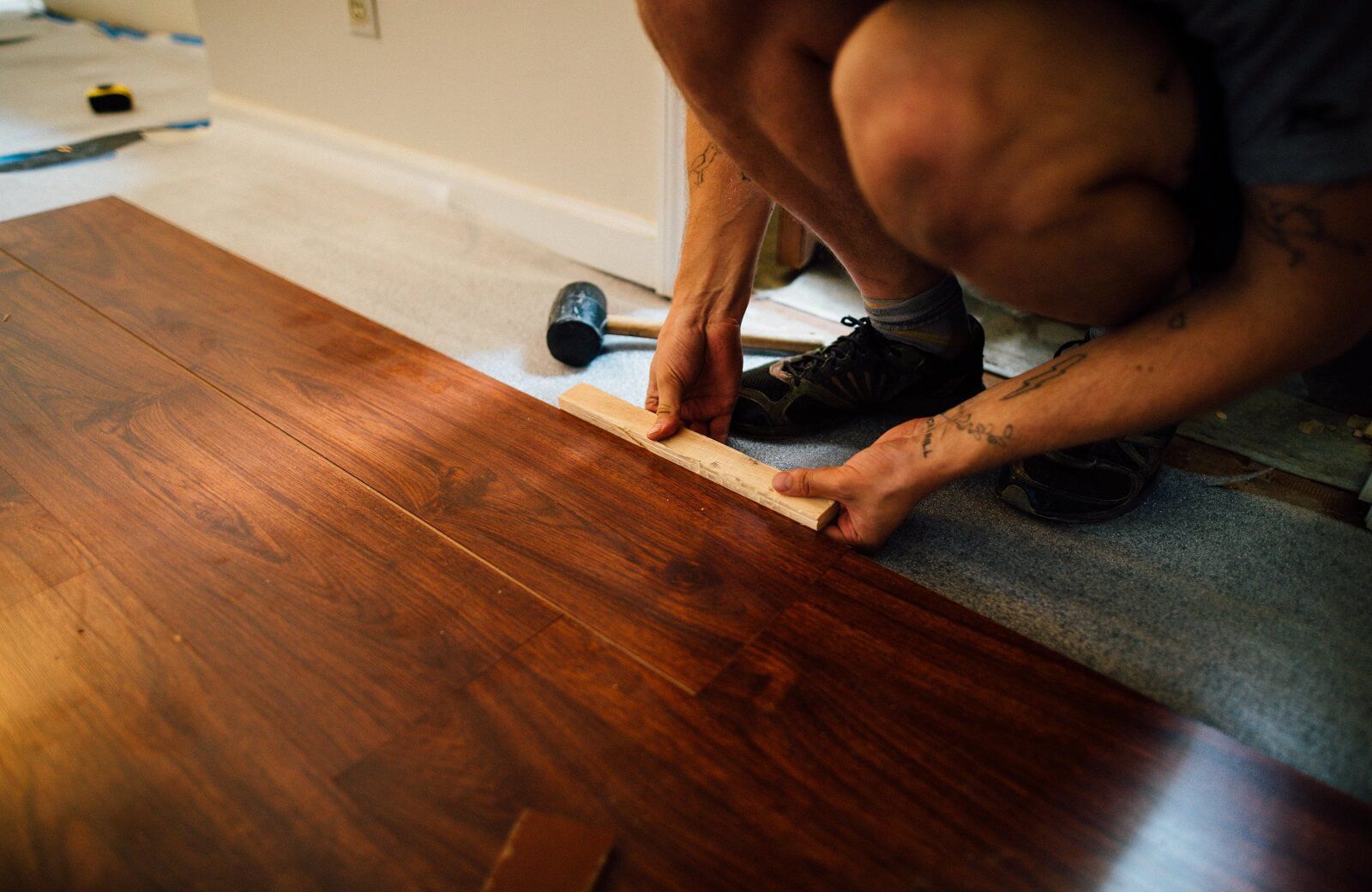
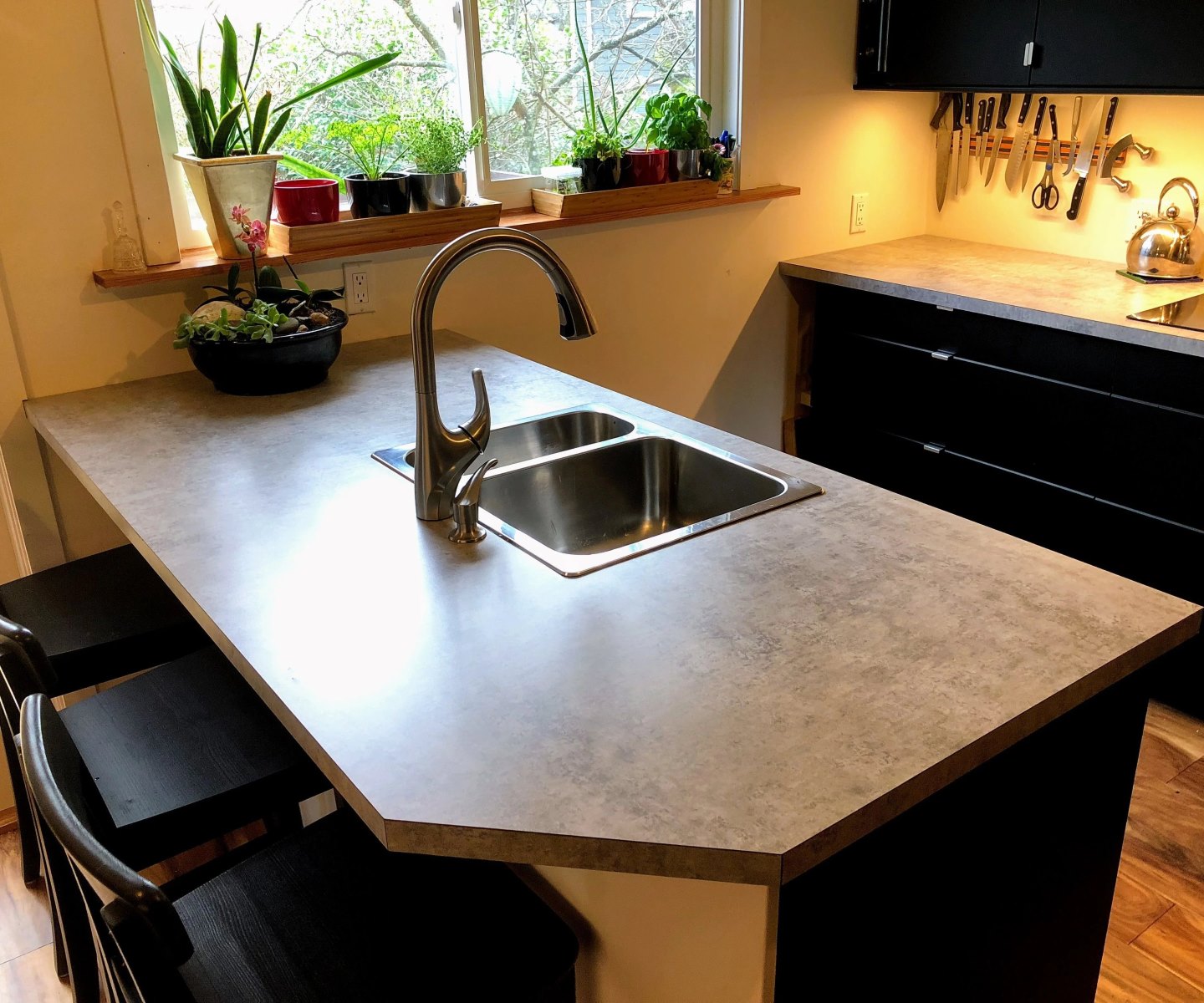
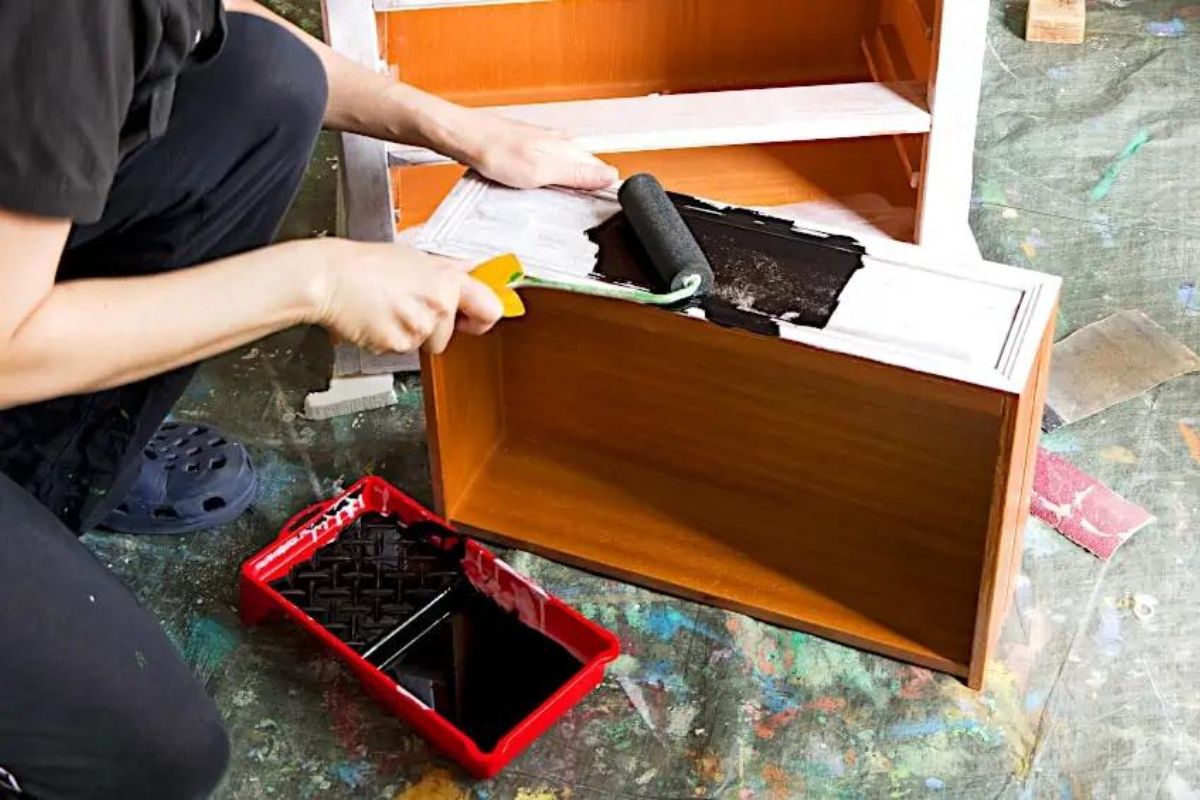
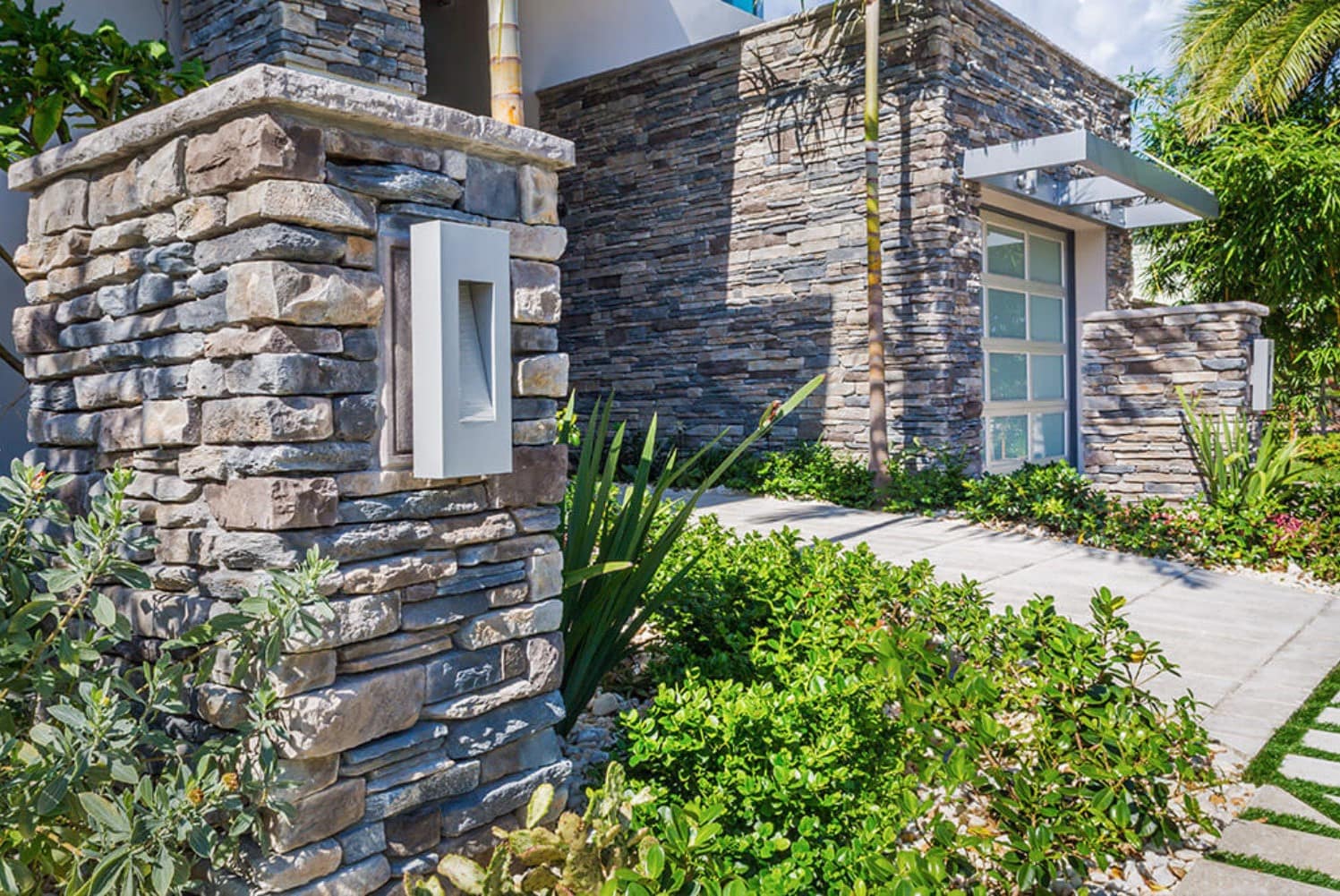


0 thoughts on “How To Tell If Furniture Is Laminate Or Veneer”